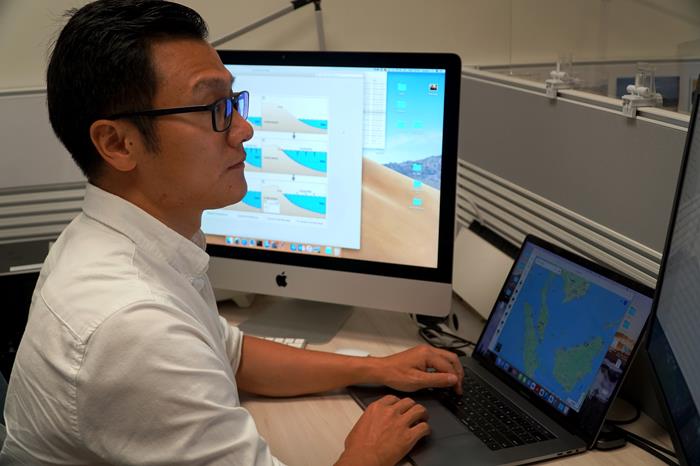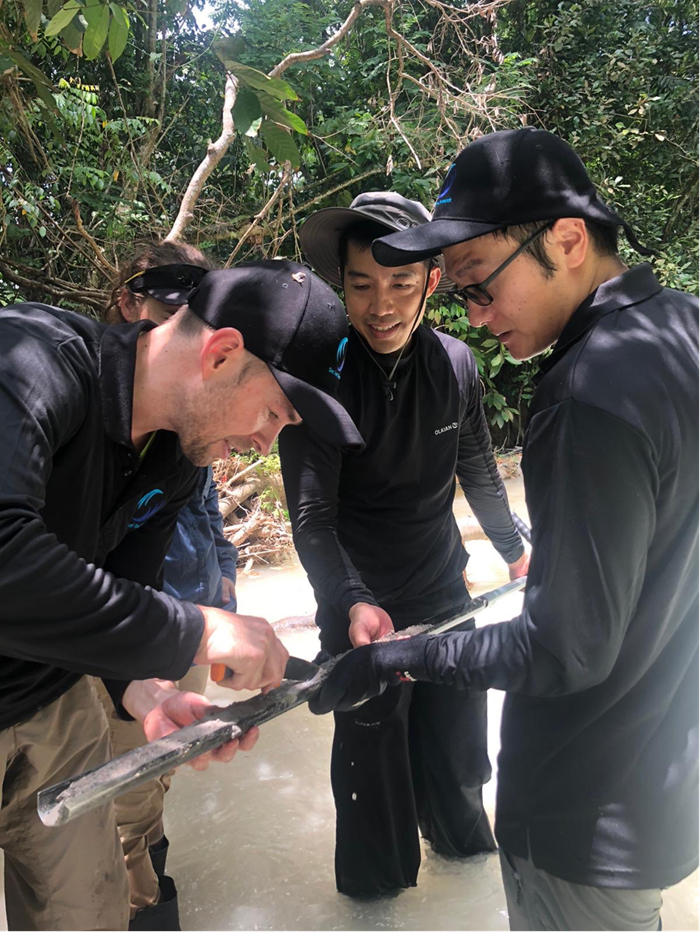Future projections of sea-level rise regularly improve as scientists better constrain the models that describe the processes driving sea-level changes. Many of the clues that scientists are looking for to improve these models are hidden in the natural environment, such as sediments and coral microatolls, which recorded how sea levels changed in the past. But some regions currently have very limited data, such as Southeast Asia.
A research team led by Dr Tanghua Li, a Senior Research Fellow at the Earth Observatory of Singapore (EOS), recently produced a “treasure map” identifying key potential areas in Southeast Asia to guide future sea-level data collection efforts for the region.
In these identified areas, the scientists estimate that records of sea-level changes between 7,000 and 4,000 years ago are likely present. During this period, there was a unique phenomenon called the mid-Holocene highstand where regions far from polar ice sheets experienced relative sea levels higher than present-day levels. Records of this period would be crucial to understand how the region changed due to past rising seas, providing insights into how it might change again due to future sea-level rise.

Dr Tanghua Li analysing data sets (Source: Yasmin Basir/Earth Observatory of Singapore)
The “treasure map”, published in Quaternary Science Reviews, identifies regions in Southeast Asia that are likely (67% probability) and very likely (90% probability) to have preserved records from the mid-Holocene highstand. The regions where the mid-Holocene highstand is likely or very likely preserved are found mostly near Bangkok, the Mekong River Delta, northeast coast and central west coast of Malay-Thai Peninsula, east coast of Sumatra, north coast of Java, and southwest coast of Borneo.

Map of Southeast Asia, showing identified regions with likely (A) and very likely (B) highstand record preservations. Locations marked in purple and green indicate published highstand records from sedimentary indicators and fixed biological indicators, respectively. (Source: Dr Tanghua Li et al./Earth Observatory of Singapore)
The team used their latest Glacial Isostatic Adjustment (GIA) model which describes the response of land surfaces and oceans to changes in global ice sheets to estimate which regions that were below sea level during the mid-Holocene and are now above sea level. In the regions identified by their analysis, the presence of published highstand records from sedimentary material indicators, such as mangrove sediments, and fixed biological indicators, such as coral microatolls and oyster belt, validated their results. The authors note these locations could be refined by considering local factors that may affect the preservation and elevation of the highstand records, such as tectonics, subsidence, compaction, erosion and deposition, and post-depositional change.

Dr Tanghua Li (far right) with team members from the study, Dr Timothy Shaw and Dr Stephen Chua, examining a mangrove sediment core extracted in western Singapore. Mangrove sediments can provide valuable clues about past sea levels. (Source: Dr Huixian Chen/Earth Observatory of Singapore)
The “treasure map” reveals the location of key regions where future data collection would help understand the timing, magnitude, and spatial variability of the mid-Holocene highstand. It also allows to improve models that are used to compute sea-level changes, such as GIA models. By having more accurate GIA models, past, current and future sea level variations associated with climate change can be better understood.
The authors hope that their study can help generate more “treasure maps”. “The methodology used to derive this information is not exclusive to Southeast Asia or mid-Holocene period. It can also be applied to other regions and for other time periods beyond mid-Holocene,” said Dr Li.
______________________________________________________________________